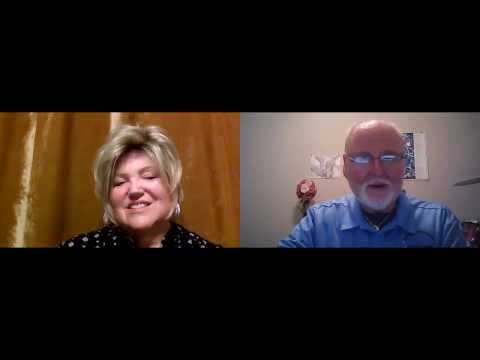Our lives are filled with thresholds as we are continuously invited to cross borders and journey into new territories.
It’s likely when thinking of the word “threshold” that the image of a doorway comes to mind—it’s that strip of metal, stone, or wood that separates one room from the next. Just as the threshold of a doorway marks the transition from one room into another, the image of a threshold can serve as an appropriate metaphor for our own transitions between one season of life and the next.
The dictionary defines a threshold as “a point of entry or beginning,” but as pilgrims, we know that it is far more than that. It is the space between what has been and what is to come, between who you are now and who you are meant to be. It is a tipping point, at once the culmination of longing unobserved and the initiation of transformation that awaits. And, at the same time, it is a stand-still—a pause in the present between past and future; an interlude between two acts that shape the stories of our lives.
There are many life events that serve as thresholds on the journey—graduation, marriage, pregnancy and parenthood, divorce, retirement, and loss to name just a few. Additionally, the New Year is a threshold recognized throughout our culture, with the custom of setting resolutions and its idealization of fresh starts. Of course, many seekers set out on pilgrimage when encountering a life threshold as well, offering an opportunity to meaningfully engage the invitations that thresholds bring through an outward journey away from daily routines.
Whether approaching a threshold at home in everyday life or marking a season of transition through a pilgrimage abroad, the invitation for the pilgrim remains the same: to approach such seasons with awareness and intention in order to listen deeply to the wisdom of the path and fully embrace all that the journey brings.
Are you approaching a threshold in your life? Follow these steps to turn your season of transition into a meaningful threshold journey:
1. pause
There are many thresholds in life that often go unnoticed as we cross from one season to the next. To engage a threshold with the awareness and intention of a pilgrim requires pausing in order to recognize the significance of the transition ahead.
How will you pause to acknowledge this threshold before moving forward? What action is required on your part to carve out some time to more intentionally engage this in-between space?
2. look back
Each threshold begins not with what is in front of you, but rather with the path that led you to this place.
As you contemplate this threshold in your life, consider where you’ve come from, what has brought you this far, and what you’ll be leaving behind as you move forward.
3. be present
After taking the time to look back, practice presence, reflecting on this in-between place where you currently stand.
How does it feel to stand at this threshold? What is it like to be in this liminal space between what has already been and what will be? How can you more deeply connect with yourself in mind, body, and soul in this time of transition? As you practice being present, consider, too, how the Divine is present to you, serving as a Sacred Guide along the way.
4. practice curiosity
What makes the pilgrim stand out from other travelers in life and on the road is their trademark curiosity. To the pilgrim, each question is not evidence of doubt and uncertainty, but rather the initiation of a quest.
Now that you’ve taken the time to look back as well as contemplate the present, what questions are bubbling up within you? How has your time of reflection altered your perspective? As you prepare to look ahead, how might this shift in perspective impact the way you move forward?
5. mark moments
Before moving forward, it’s important to mark the significant moments that have led you to this threshold, both past and present. Rituals are an excellent way to mark moments—both past and present—and honor the experiences that have shaped your journey. Like the practice of pilgrimage, they serve as external expressions of what is happening within.
Whether the moments to mark are challenges or triumphs, take some time to recognize them in a ritualistic manner before looking ahead to what is next. It might be as simple as lighting a candle or as complex as creating an entire ceremony of remembrance—whatever feels most honoring to you. Learn more about creating rituals here.
6. Look ahead
Having remembered what has brought you to this threshold and honored your experience thus far, you’re now ready to lift your gaze and look ahead.
Remaining in this liminal space, what do you see in the distance? What might shift as you cross this threshold and enter the next phase of your journey? How will life on the other side look different than life before?
7. set intentions
With a vision for the future in place, it’s now time to set intentions for what lies ahead. Driven by a sense of purpose, intentions offer guidance and grounding for the journey even when the path forward seems unknown.
What are your hopes for this next stage of your journey? What are the practices that will help you maintain your vision in this new season? Discover spiritual practices for the journey here.
8. cross with courage
Having taken the previous steps, fully exploring the threshold that stands before you, all that remains is to cross with courage. In many ways what lies ahead remains a mystery, but through this process, one thing has been made known—your willingness to engage the path before you with the posture of the pilgrim, whatever the journey might bring.
Like this post?
Sign up below to receive updates on offerings, products, and free resources so you don’t miss a thing! You’ll also receive an instant download of the Principles Rule of Life, including seven guideposts and practices for living and traveling like a pilgrim.







